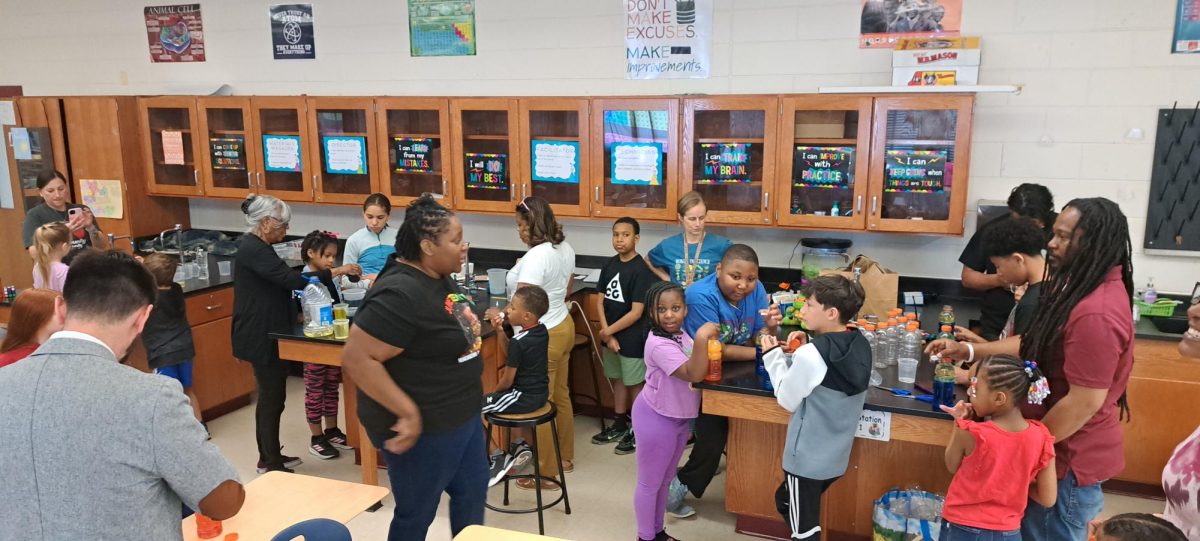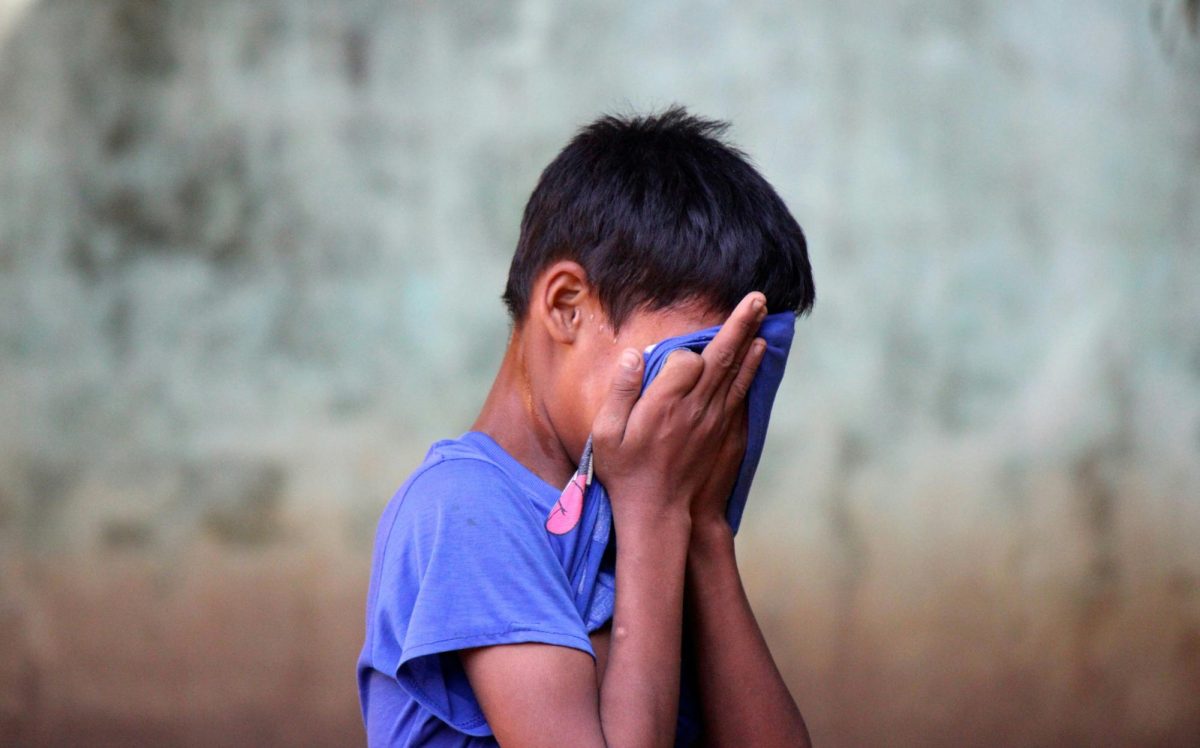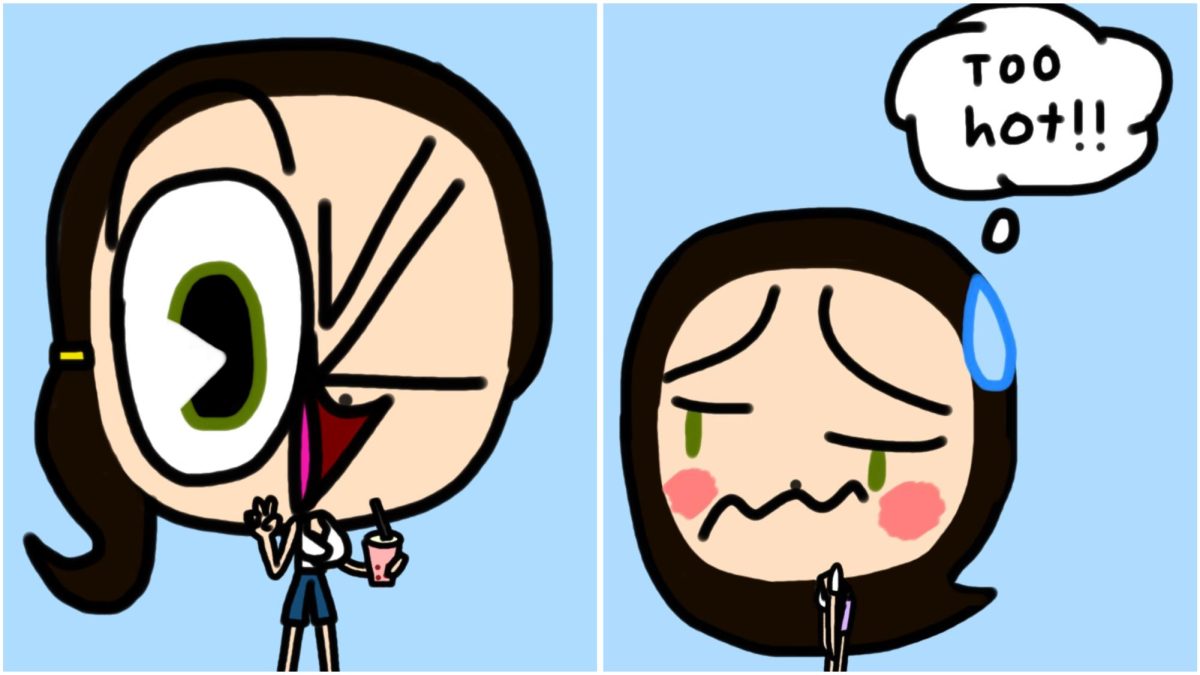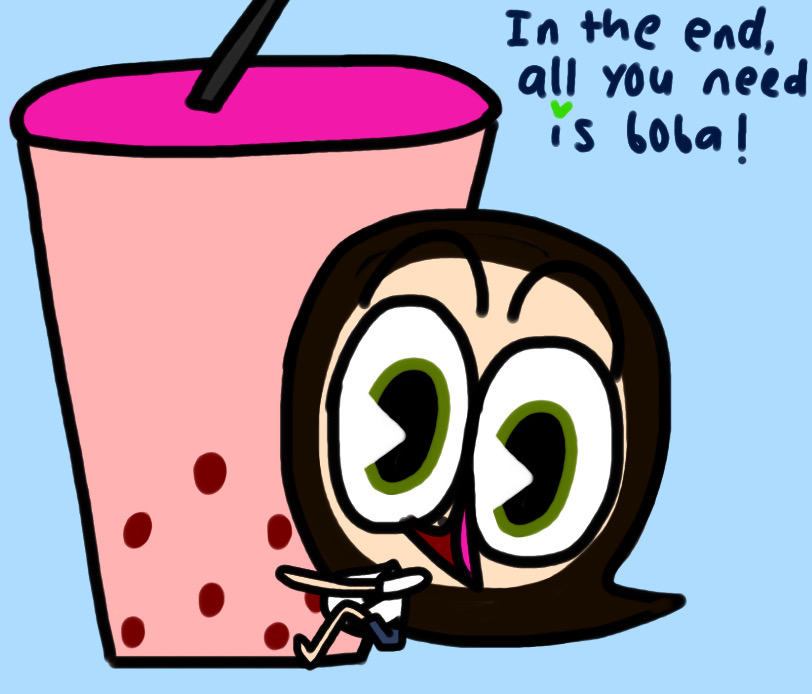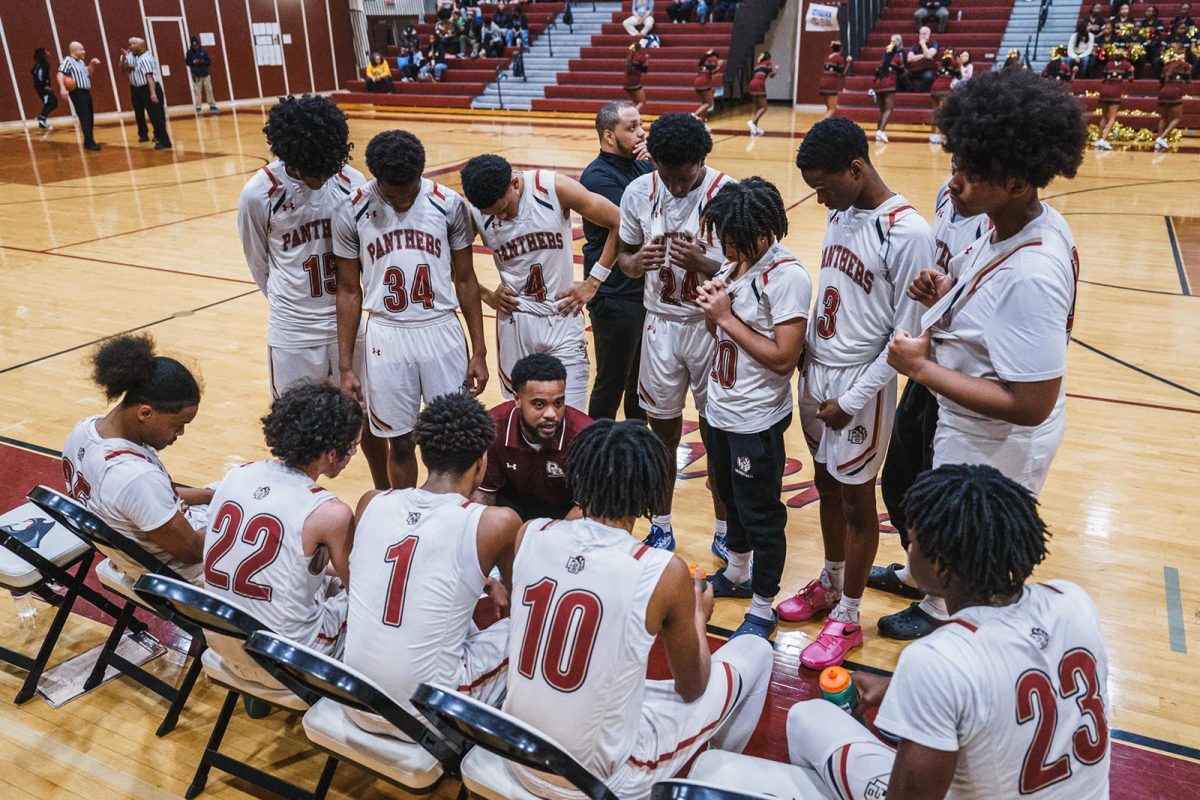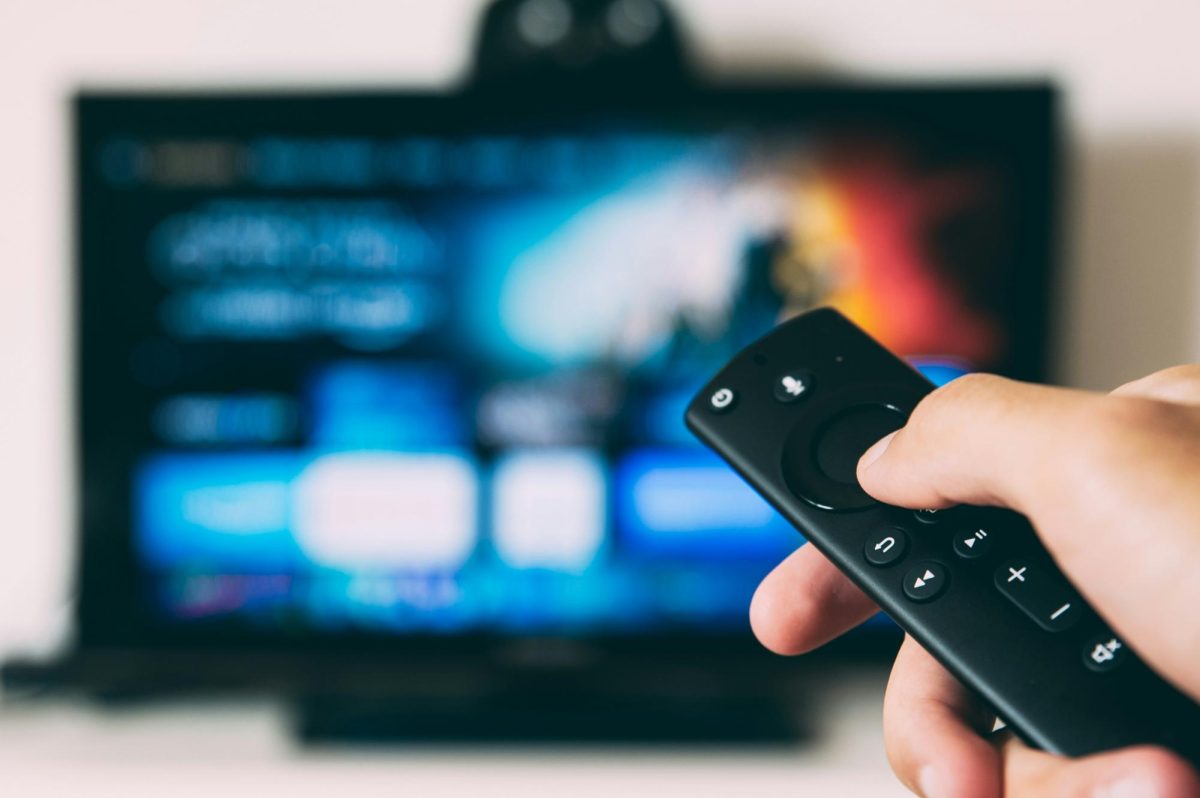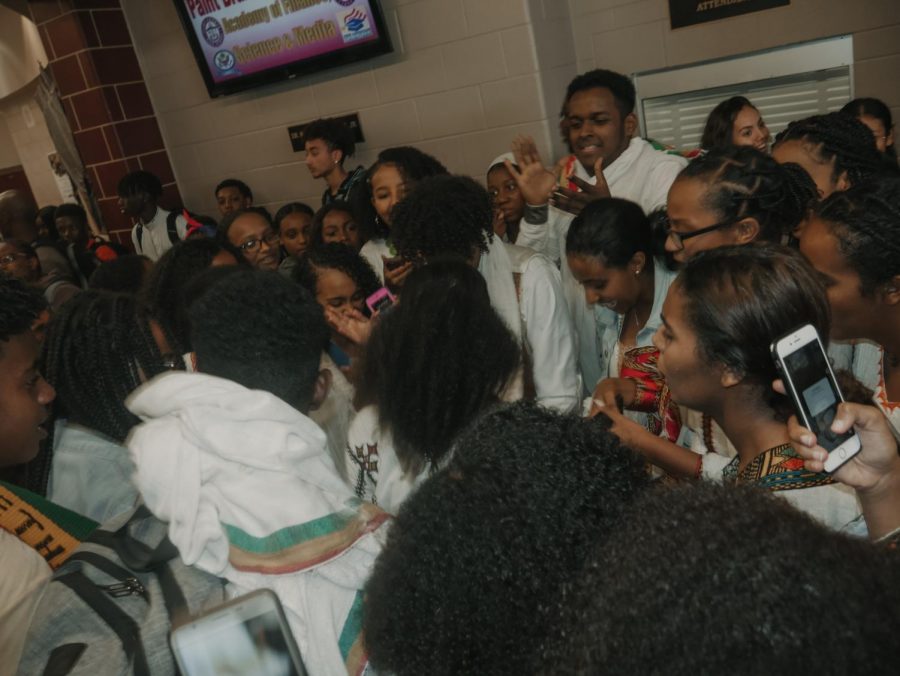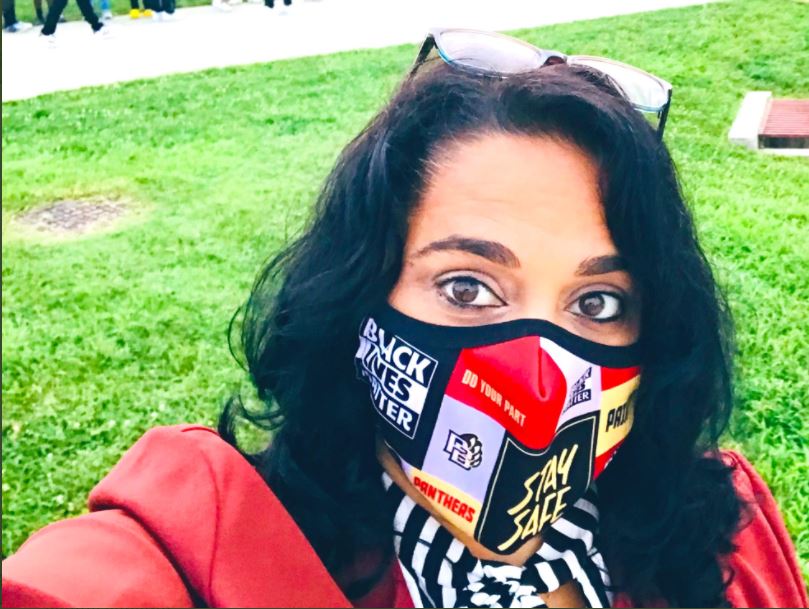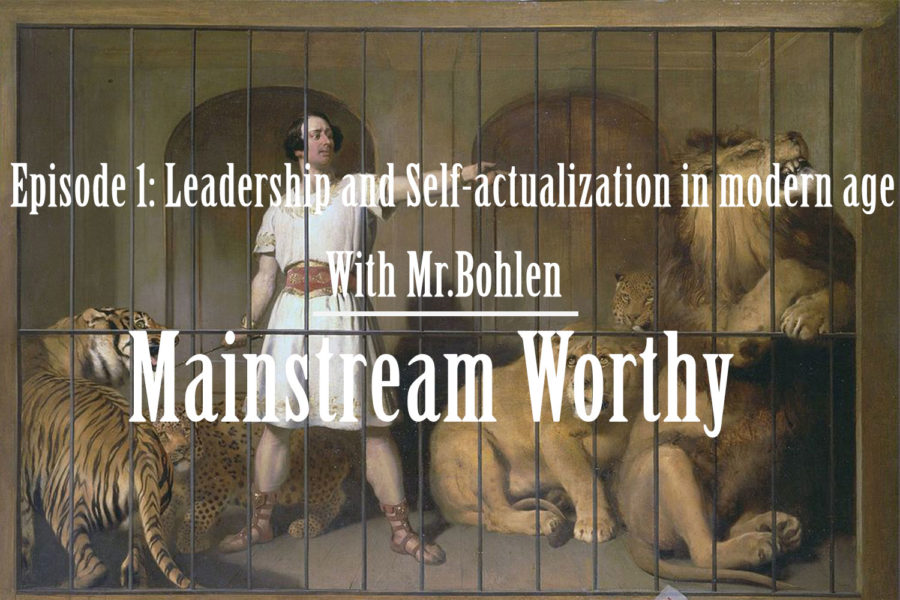
Would you let someone pour chemicals into your pet’s eyes just to test the shampoo you are going to use? How about getting your pet to ingest something toxic just to make sure that it is safe for you to consume?
For the vast majority of people, the answer is, of course, “no” or “never.” That’s because people would never want to see their pets be harmed, but this is exactly what happens due to animal testing in the cosmetic, household cleaning, and medical research industries.
According to Humane World for Animals, an organization that has worked for animal rights since 1954, roughly 50 million animals are used for animal testing in the United States alone. Science magazine writer David Grimm reports that this number is as high as 100 million animals annually. The animals most often linked to lab testing include rabbits, mice, dogs, and even monkeys, all of which are confined in laboratories and subjected to painful experiments for most, if not all, of their lives.
The reality is that these lab animals are no different from your average pet. We go to great lengths to prevent our pets from suffering. When a dog whimpers or a cat cries in distress, we feel an impulse to comfort them. That fairness demands we share that same compassion to any animal with the same capacity to suffer, regardless of the role we’ve assigned them. Some people think it’s necessary to have animals for testing, but I believe it is cruel and outdated. We should not harm innocent animals for our own personal benefit.
The first non-profit animal advocacy and educational organization in the United States, the American Anti-Vivisection Society, which was founded in 1883, reports that more than 90% of drugs that pass animal tests still fail when they’re tested on humans. The truth is, animals don’t react the same way humans do, so testing on them doesn’t prove much.
Animals feel pain just like humans do. It’s wrong to intentionally harm them, especially for things like makeup or soap. I have a pet bunny – Boobah – who, when I look at him, I think about how scared and helpless he would feel if someone were to test on him. It makes me sick to think that animals like him are suffering in cages and on examination tables every day. To think that any animal is harmed simply due to greed saddens me immensely.
According to People For The Ethical Treatment Of Animals (PETA), an organization founded in 1980, dedicated to establishing and defending the rights of all animals. Many non-animal test methods can be used in place of animal testing. Not only are these non-animal tests more humane, but they also have the potential to be cheaper, faster, and more relevant to humans, especially when there are now better alternatives, such as computer programs, human cell testing, and even 3D models, which can be used instead of animals.
Other countries have already started drifting away from animal testing. According to a European Commission report, the European Union (EU) banned cosmetic animal testing in 2013, and many companies in Europe now advertise that their products are “cruelty-free.” The European Commission also states that in 2003, the European Union set a deadline by Council and Parliament that outlined how it intends to further support research and innovation in this area while promoting animal welfare worldwide.
Shortly after I got Boobah, I realized that I would rather support brands that don’t hurt animals, as even small choices like that can make a big difference in the end. Animal testing is not only cruel, but it’s also unnecessary. With new technology and so many other options, there’s no excuse to keep hurting animals for our products. Animals are more than just your testers. They leave much more meaning in this world than we think. If more people buy cruelty-free brands and speak up, we can push companies to change. It’s up to us to decide if we want a future that keeps moving forward without making innocent animals suffer.


